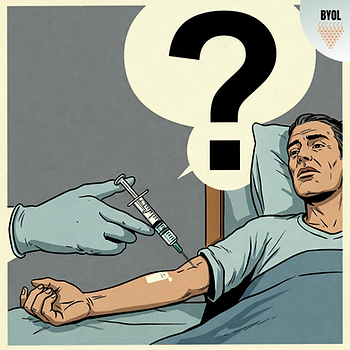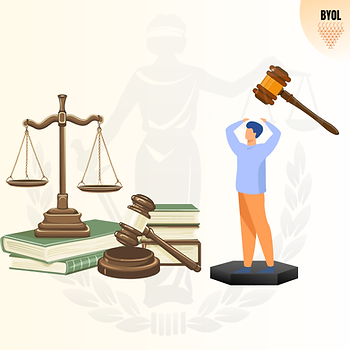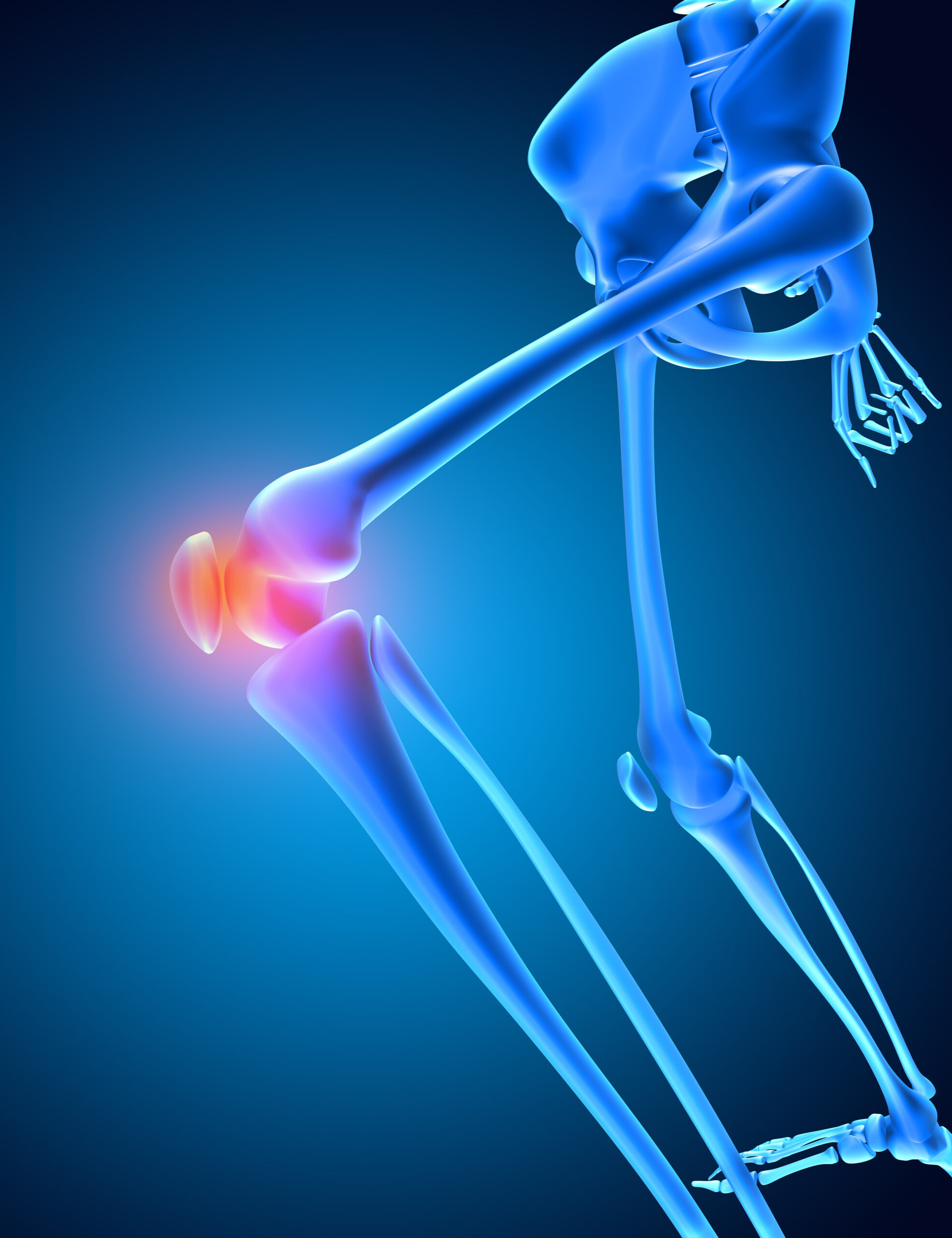Euthanasia is defined as the painless killing of a patient suffering from an incurable and painful disease or in an irreversible coma. It is a well-known fact that every single living creature on this earth is mortal and therefore, death is a sure reality. We, human beings experience a lot of sufferings throughout our lives. It may so happen that someone may want to end his life in an unnatural way. This death is termed as suicide. But there could be a possibility where the quality of life reduces to such levels that it would not be worthwhile living at all. It is such situations that the term “euthanasia” takes effect. English philosopher Sir Francis Bacon coined the term “euthanasia” in the 17th century for an easy, painless and happy death. The word ‘euthanasia’ derives its existence from the Greek word ‘eu’ meaning ‘good’ and ‘thanatos’ meaning ‘death’. When put together it simply means ‘good death’, a dignified death which comes into being mainly when life is like a punishment and death is like relief. At this juncture it is important to note that euthanasia and suicide are two different things. Suicide is intentional killing of oneself while euthanasia is mercy killing since it is undertaken based on medical grounds. It is important to mention that euthanasia is practiced in humans as well as animals. Euthanasia has been in the spotlight since its discovery from as old as ancient human civilizations.
It is a controversial topic that has been subjected to argument all over the globe as it entails intentional end of human life. The issue has seen hot arguments not just within the confines of court but also between the elites, intelligentsia and academicians. It is interesting to note here that euthanasia is one of those few areas where law has considered the interests and content of medical ethics to inform its own debate.

Types of Euthanasia
Euthanasia can be categorized as follows:-
- Active or positive euthanasia : When someone actively and intentionally brings about a patient’s death through an action. For instance, a physician giving a patient a lethal amount of medication to kill him or her.
- Passive or negative euthanasia: Death in passive euthanasia is caused by a failure to act. The patient’s life is not taken directly but they are simply let die i.e., the physicians are not killing but are simply not saving the patient. This is achieved by consciously withholding or withdrawing life-sustaining treatment for instance, shutting off a machine that is crucial to sustain the patient so that they succumb to their disease, failing to perform an operation which can prolong patient’s life for a limited period. Passive euthanasia tends to be a slower process than active euthanasia and is relatively more uncomfortable and emotionally draining.
- Voluntary euthanasia: When euthanasia is performed with the agreement or on the request of the patient, then it is referred to as voluntary euthanasia. It should be kept in mind that complete consent is to be obtained by the concerned individual. Moreover, it should be shown clearly that the individual knows what is going to occur.
- Non-voluntary euthanasia: It is performed when the individual is unconscious or irretrievably incapacitated to make a significant decision between living and death and therefore, a suitable person makes decision on their behalf. It is typically made by an immediate family member. It also comprises situations when a child is emotionally and mentally capable of making the decision but is not lawfully old enough to make a decision like that and therefore the decision has to be made on their behalf to be legally valid.
- Involuntary euthanasia: It is a situation in which the individual who dies opts for life but is murdered anyway. It is performed against the will of the patient. Furthermore, it unequivocally constitutes murder and is illegal everywhere on the globe.
Historical Background
The history of euthanasia is said to have originated in ancient Greece and Rome during the 5th century B.C. In ancient Greece, Socrates considered death as nothing to fear of and thus liberal sentiments towards euthanasia saw a surge. In the Greek city of Sparta, new born with major birth defects were killed. The first significant objection to euthanasia can be traced from the Hippocratic Oath, an ethics code under which the physicians vowed neither to give the poison to anyone even upon request nor to recommend anyone to do so. The Christian doctrine opposed euthanasia on the basis that death is to be ordained by God to man and thus, no one has a right to put an end to their existence. The human body was considered to be a temple of God and therefore, its destruction was a sin. Hindus consider euthanasia to be a wrong deed as it is against the karma of the patient as well as the doctors. Majority of the Muslims are completely opposed to euthanasia as they consider life to be a gift by Allah and its destruction is considered to be disrespect towards Allah. Sikhs have high respect for life, a gift of God and they consider suffering to be a part of operation of Karma. It was Thomas More in 15th century who first suggested euthanasia in his renowned book “Utopia” but he stated that patient’s consent was a requirement in carrying out euthanasia if such a patient is at an unbearable level of pain which cannot be cured. The theory of euthanasia continued to be rejected till 18th century. In the late 1930’s, euthanasia once again began to gain support and societies favorable towards it began emerging eventually across the world. The formal movement for the legalization of euthanasia began in 1935 when Voluntary Euthanasia Legalization Society was established by C. Killick Millard. But the society’s bill was defeated in House of Lords in 1936. Legalisation of euthanasia picked up actual pace in the late 20th and early 21st century. In 1998, Oregon became the first US state to legalize euthanasia followed by Washington and Montana. The first nation to legalize euthanasia was Netherlands in 2002 followed by Belgium.

Status of Euthanasia in India
Right to life as a fundamental right under Article 21 is guaranteed in the Constitution of India. This right incorporates right not to be killed by anyone or anything including the state. Right to life begins from the birth itself and continues until the death. Right to life also encompasses the idea of living life with dignity. In this context, an important question of whether right to live with dignity includes right to die with dignity or not has arisen. Indian courts have been confronted with this question time and again and have given different opinions in this connection. Parts of the Indian Penal Code (IPC) that were brought to the forefront in this case were section 309 and 306 which essentially comprises penal provisions for attempt and abetment to suicide respectively.
In Maruti Shripati Dubal v. State of Maharashtra, the petitioner suffered several brain injuries due to an accident which ultimately resulted in mental imbalance and later, he suffered with schizophrenia. Further, he attempted suicide for which he was even prosecuted under section 309 of the IPC. The Bombay High Court held that every right has both, its advantages and disadvantages and the disadvantage aspect of fundamental right enshrined in Article 21 of the Constitution i.e., right to life incorporates right to die. The Court proceeded to the point of striking down Section 309 of the IPC and held it to be unconstitutional as being violative of Articles 14 and 21 of the Constitution. The Court ultimately decided in the opinion that right to die was not unconstitutional but was abnormal and unusual. But in Chenna Jagadeeshwar & Anr. v. State of Andhra Pradesh, it was held by the Supreme Court that Article 21 of the Constitution does not encompass right to die. The second case that arose with the same query was P. Rathinam v. Union of India wherein the Supreme Court adopted a similar stand as in Maruti Shripati Dubal case. The Apex Court held that right to life encompasses right to die. Moreover, Section 309 of the IPC was said to be a cruel and irrational provision which needs to be scrapped off from the statute in order to humanize penal provisions and hence Section 309 of the IPC was held to be unconstitutional as it was not in line with Article 21 of the Constitution. Gian Kaur v. State of Punjab was yet another important case in which the constitutional validity under the IPC of Section 309 has been challenged. Justice Lodha, in Naresh Marotrao Sakhre v. Union of India, held euthanasia to be a homicide regardless of the circumstances under which it occurs.
The question of euthanasia once again came into the limelight in the sensational case of Aruna Ramachandra Shanbaug v. Union of India. Aruna Shanbaug, a junior nurse at the King Edward Memorial Hospital (KMH), Parel, Mumbai, was sexually assaulted by a ward boy, on 27th November, 1973. A writ petition was moved by Ms. Pinki Virani on behalf of the petitioner, Aruna Shanbaug under Article 32 of the Constitution. Ms. Pinki complained that 36 years have gone by after the incident without any improvement in Aruna’s health condition and she was in a Persistent Vegetative State (P.V.S) like a dead person with no state of awareness. The petitioner prayed that doctors and staff should be directed to stop feeding the victim so that she could die in peace. Taking into consideration the petitioner’s prayer and opinion expressed by the committee of doctors, Pinky Virani’s plea was rejected by the Supreme Court and Aruna Shanbaug died on 18th May, 2015. This case turned out to be of utmost importance to the country because the passive euthanasia was legalized thereafter. The Court opined that whoever tries to end his/her life should not be punished but should instead receive proper assistance as they are already depressed. Recommendation was passed on to the Parliament to decriminalize attempt to suicide by repealing punishment laid down under the IPC and guidelines laid down by the Court shall be followed till the state or central government frame rules regarding the same.
Supreme Court Guidelines
- Decision to withdraw the life support system must be made by the parents, spouse or close relatives of the patient and if they are not present then the decision is to be made by the next friend followed by the treating doctor.
- Discontinuation of life has to be in the patient’s best interest and cannot be malafide.
- Prior sanction of the High Court is to be obtained before conducting euthanasia under Article 226 that authorizes the high court to issue orders and directions.
- The Court has to take opinion of independent panel of three doctors including Neurologist, Physician and Psychiatrist after receiving the application.
- A notice is to be sent to the patient’s relatives and next of kin and their opinions are to be considered.
- A reasoned order has to be made by the High Court in allowing or disallowing the application.
Medical Treatment of Terminally Ill Patients Bill, 2016
Post-Aruna Shanbaug case, the Law Commission released its 241st report in 2012. The report suggested that in order to avoid the misuse of passive euthanasia, there needs to be a proper legislation on the same by the Parliament. As per the suggestions given in this report, Medical Treatment of Terminally Ill Patients Bill was introduced by the Ministry of Health and Family Welfare in Parliament. The Bill was created with the intent to encourage dignified death and voluntary passive euthanasia is legalized through it. The patients are free to sign “living will” for ending the life supporting treatment if afflicted by an incurable disease in the future. The Bill also includes provisions to grant protection to such practitioners who worked according to the will given by the respective patient. This Bill has been able to get the green signal from the Supreme Court. So far, there is no constitutional and legal objection against this Bill. A case in this regard is Common Cause (A Regd. Society) v. Union of India where the Supreme Court judged that a right to die with dignity does exist but subject to rigorous guidelines. Here, the Court also gave the idea of “living will.” Living will is a paper where individuals can decide what treatment they wish to receive in case if they get terminally ill in the future and hence, unable to make decisions. According to the Court, these living wills have some rules such as the individual making the will must be of sound mind. Furthermore, he should know the effect of the will being made and neither should he be compelled nor should be subjected to pressure while making such will. In addition, living will should be written and two witnesses should be present at the moment when the subject person is putting his signature on the will which should further be countersigned by a First Class Judicial Magistrate.
Conclusion
Euthanasia is a very sensitive topic which has been subjected to endless arguments since time immemorial. Medical fraternity seems to have come to a conclusion that euthanasia becomes inevitable in some situations and therefore, must be legalized. Though the Supreme Court of India has established stringent guidelines for the implementation of passive euthanasia through advanced directives but it is not flawless. To meet the needs of the populace, India is going progressive towards legalizing euthanasia and the Parliament, at the earliest, should enact laws in this matter which, in turn, must be in consonance with the endless philosophy and culture of our country where religion is the inevitable component and sensibility plays the crucial role.
References
- Aruna Ramchandra Shanbaug v. Union of India, (2011) 4 SCC 454
- BomCR 499 (1986) BOMLR 589
- Common Cause (A Regd. Society) v. Union of India (2018) 5 SCC 1.
- Harris, NM. 2001. “The euthanasia debate”. J R Army Med Corps. 147
- http://www.legalservicesindia.com/article/2182/Euthanasia:-Contemporary-Debates.html
- https://lawcommissionofindia.nic.in/reports/report241.pdf
- https://trust.dot.state.wi.us/ftp/dtsd/bts/environment/library/reference/blacks-law-dictionary-8th-edition(2004).pdf ; pg. 1674
- https://www.merriam-webster.com/dictionary/euthanasia
- https://www.oxfordreference.com/view/10.1093/acref/9780198609810.001.0001/acref-9780198609810-e2515
- Section 32 of the Indian Penal Code, 1860 : In every part of the code, except where a contrary intention appears from the context, words which refer to acts done extend also to illegal omissions.
- The Euthanasia Case Leeuwarden- 1973, Issues in Law and Medicine, Vol.3, No.4 (1988), 439







